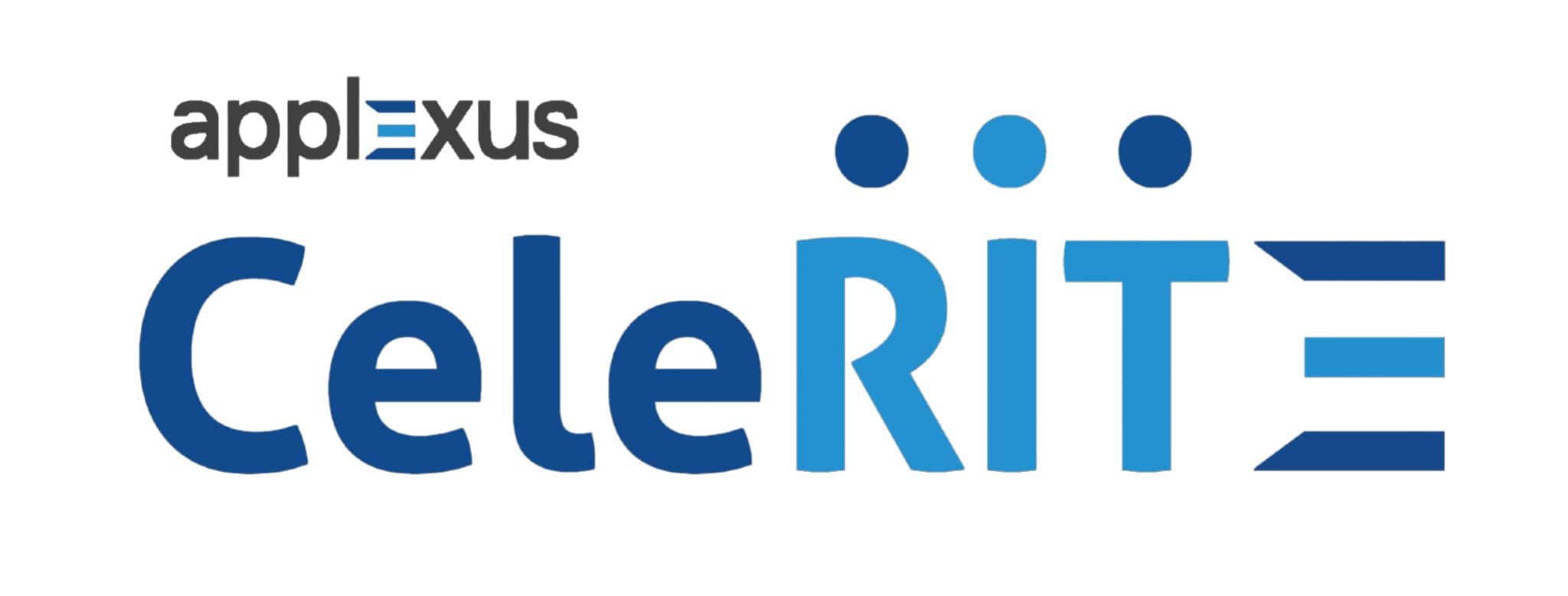Knowing how to use EDI in SAP is crucial to improving and streamlining your business processes. EDI is the key to production and automated ordering in SAP, meaning it is especially important for those operating in the FMCG industry.Â
Our previous blog covered the basics of EDI and how it works in SAP systems. This time Robert MacDonald dives deeper into the specific processes of EDI and how they are utilised within an SAP system. Read more about:Â
What is EDI?
Electronic Data Interchange (EDI) is the backbone of huge parts of the world economy. Every time you buy a packet of pasta, or a loaf of bread, EDI messages are sent flying through the supply chain to replace items to keep up with supply and demand. Using EDI in SAP and understanding it will have a huge impact on your SAP systems and processes.
EDI transmits an electronic form of conventional business documents, like a purchase order or invoice. Since the seventies, businesses have realised that there are economies of scale in using technology to do what it is good at. This allows people to get on with what they are good at. Above all, repeatable tasks with minimised data errors have a real impact on the bottom line of any production business using SAP.
What are IDocs and how do I use them?
IDocs are SAP’s own format for business documents, an EDI message format. SAP and non-SAP software transmit these business documents.
EDI messages are converted to an IDoc format. This is either by a VAN or by some middleware, before being posted into SAP. SAP S/4HANA and SAP ERP have completed native support for receiving business documents by IDocs.
How to use EDI with SAP PI or SAP PO
There are two option to use EDI technologies with SAP Process Integration (PI), or SAP Process Orchestration (PO):
- Implement a non-SAP format in PI, with mapping to SAP IDOC or to a BAPI posting into ERP.
- Use an external service, such a VAN, to provide the data in IDOC files that PI can simply pick up and post into SAP with minimal mapping.
To use common EDI formats like EDIFACT in SAP PI directly, you can use the B2B Add-on. The add-on also provides support for common EDI communication methods like AS2 through an adapter.
If an external service is used to provide IDOC files, it is generally possible to configure SAP PI to pick these up and post them into SAP ERP without any add-on required. Mapping is possible in PI if any fields need to be altered in the IDOC for correct posting into ERP.
Using a VAN with good SAP integration significantly reduces the complexity required in SAP PI or SAP PO. Additionally, it might negate the need for them at all. It is important to consider the costs of licensing and supporting the required middleware against the costs of using a VAN.
Â
Using EDI with SAP Cloud Platform Integration
It is possible to use EDI formats directly in SAP Cloud Platform Integration using the B2B library add-ons. Care should be taken to budget for the additional licenses needed when considering this scenario.
SAP Cloud Platform Integration can post the EDI data into SAP ERP or SAP S/4HANA using the SAP HANA Cloud connector for on-premises or hyperscaler-hosted systems, or to SAP S/4HANA Cloud.
How to use EDI in SAP without a VAN
Many organisations consider bypassing the VAN networks for EDI. This is particularly true for their highest volume customers where the VAN fees may be high enough to justify developing an in-house solution.
To use EDI without a VAN, you must contact your trading partner to find out what message formats and communication methods they will support. If you are the supplier, or the smaller party, you will typically have to support whatever they have set. For example, major supermarkets in the UK will generally provide a document to their suppliers with their standard.
After you know the standard, you will almost certainly need middleware to effectively support it. Using the B2B Add-on for SAP PI or SAP PO, or the SAP Cloud Platform Integration Library Add-ons for B2B, it is possible to support a number of common formats used in EDI. There are also other non-EDI capabilities in these middleware products that may be useful. For example, SFTP adapters or XML capabilities.
Do I need to use middleware?
It is also necessary to set up mapping in the middleware to map and convert the fields you need in SAP ERP or SAP S/4HANA into the fields specified by the trading partner.
All the middleware software, add-ons, configuration and mappings will need to be set up. This includes testing, monitoring and then finally maintenance over time. Support needs to be in place that can respond to any changes in the standards set by the customers or by new technology. There may also be uptime requirements that will need highly available infrastructure to meet.
Considering how much is involved in supporting EDI without a VAN, it is typically only done in the highest volume settings and by organisations with a strong integration team and existing investment in middleware. It is not impossible, however, and should be considered where it makes economic sense to do so.
Â
How to use EDI in SAP without any middleware
Some companies do this well. In some it is unheard of. However, it is possible to use EDI with SAP ERP or SAP S/4HANA system without middleware!
The catch is that dealing directly with the preferred communication methods of the remote parties might not be so straightforward. Generally, a bespoke script using SFTP or some software supplied by a VAN. It is used to put the files into a directory for SAP to access them.
Reading the data into SAP is also problematic if you are dealing with a lot of file formats. As a result, organisations typically rely on their VAN to deliver an SAP IDOC file that they can post into SAP with minimal transformation.
Some networks offer a range of modern API solutions to load data directly into SAP, for example TruCommerce have an integration directly with SAP ERP.
How can Absoft help?
At Absoft, for our SAP Managed Service customers in manufacturing, food and beverage, run critical 24/7 EDI interfaces. We do this with and without SAP middleware and VAN networks. Â
When building new interfaces, Absoft specialises in resilient interfaces without complex and expensive middleware, by making expert use of the application server in ERP and S/4 and our expert SAP operations function.
Article by:Â Robert MacDonald, Innovation and Technology Manager
Bob is responsible for bringing the latest SAP technology to Absoft and its customers across industry sectors. From a technical background, he specialises in identifying efficiencies in running SAP through automation, monitoring and optimisation. He has worked on supporting, implementing and upgrading SAP for over 10 years, and is now launching the newest innovations in automation.















